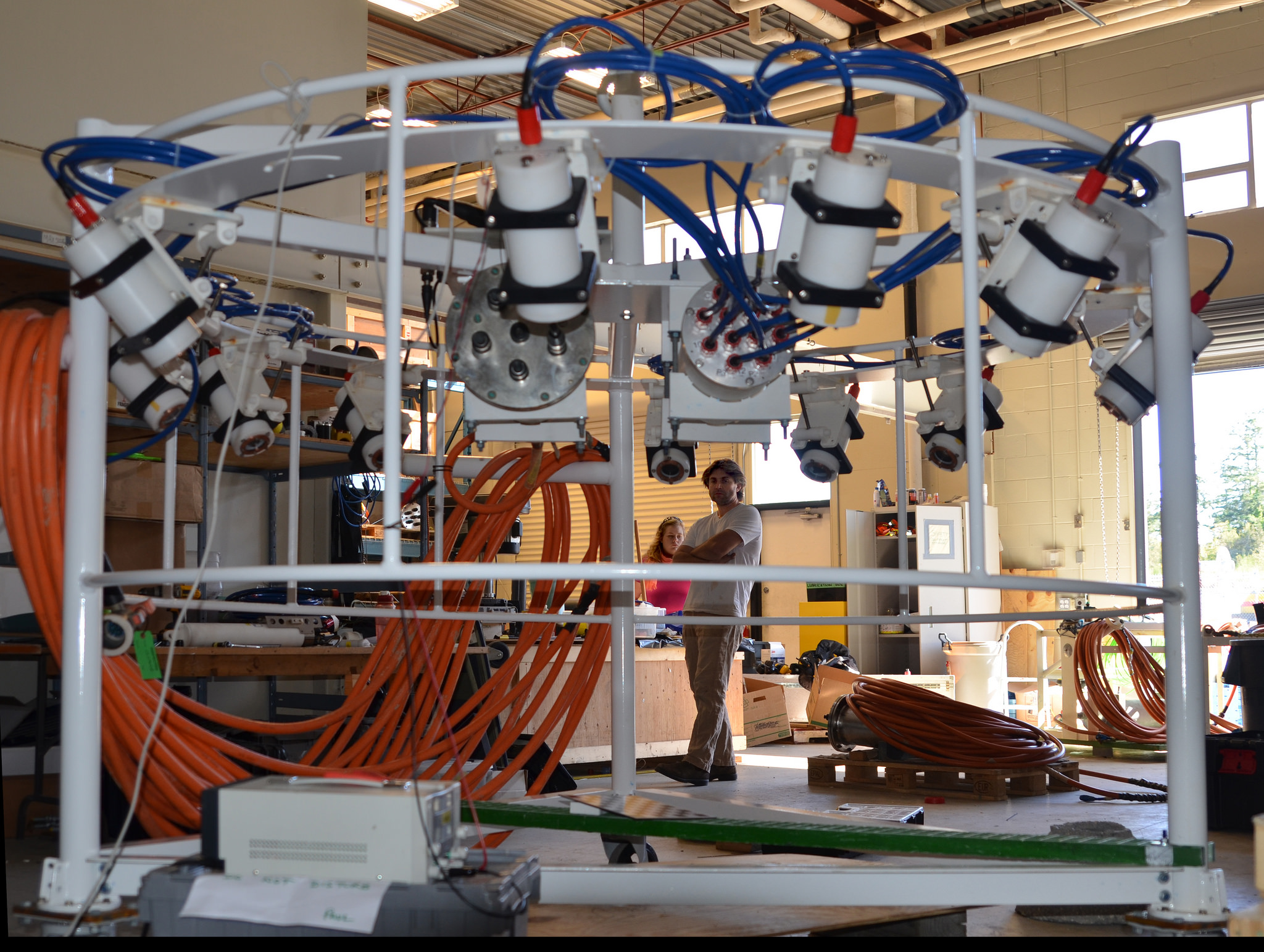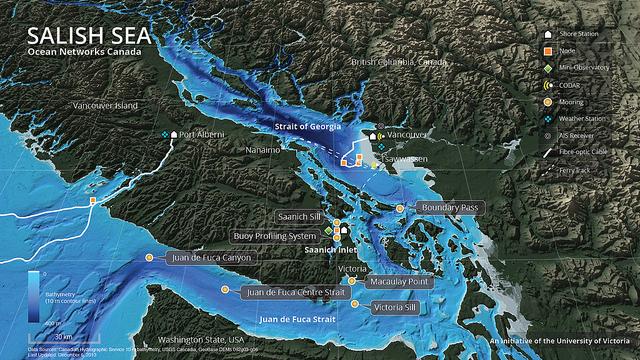Unless samples and specimens are brought up from the seafloor, or researchers hop aboard a submersible, a significant portion of underwater exploration is done in 2D, but that could soon change thanks to the recent installation of a revolutionary new scientific camera rig. We’ll never look at the ocean’s depths the same way again.

The camera rig is part of a larger project by Ocean Networks Canada in studying the underwater ecology off the coast of British Columbia in the Salish Sea at a point called Saanich Inlet. This prototype rig is the second such device ONC has devised — the first was installed on the NEPTUNE observatory’s Folger Passage site — and will be used to observe the colonization of artificial reef balls while improving the 3D camera calibration and imaging techniques for future iterations.
“We designed a new 3D camera system to observe the underwater habitat and reef ball structure,” Xida Chen, a PhD student with the Department of Computing Science, University of Alberta who designed and supervised calibration of the cameras, told Gizmodo. “The system includes 8 cameras and 3 projectors arranged in a circle and all of them are oriented to focus at a common viewpoint. Each camera is a Point Grey Gige cameras with 5M pixel resolution, controlled via Ethernet cable for streaming data. The projector, named DLP Lightcrafter, are manufactured by Texas Instruments and controlled through Ethernet cable as well.”

He continued:
One significant difference comparing with the previous designed system is that our system offers very accurate 3D information of the underwater habitat. With our camera-projector configuration, our system can reconstruct the 3D model of the habitat with the error in millimetre level. Some of the existing underwater camera system provides images of the habitat where the information is 2D only. For others that provides 3D information, it is not as accurate.
The design and development of the system takes about 8 months. The challenge is the system calibration, where we need to obtain accurate parameters to accommodate for the water and glass refraction so that the error in the 3D model can be minimized.
The Saanich Inlet rig will be deployed as a proof of concept for the next six months. Should it perform up to the research team’s expectations, they will add additional cameras or projectors to round out the rig to produce a full 360 degree composite image. They also have plans to sink a similar structure with data collection sensors around reef balls to gather environmental readings. So when will we get to take underwater tours on our Oculus Rifts?
